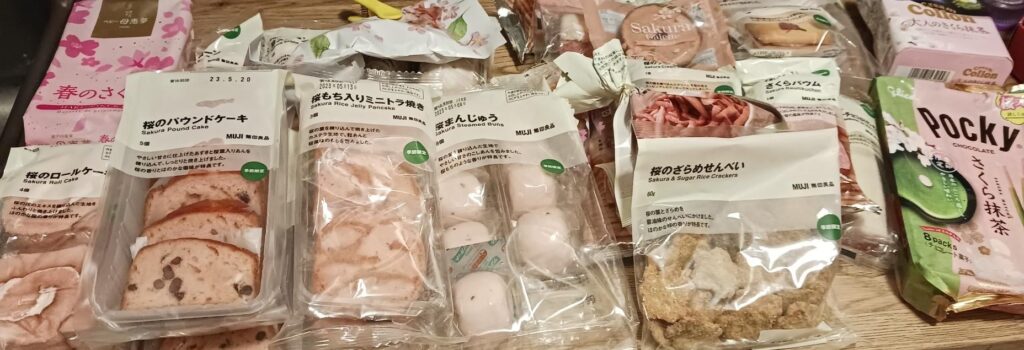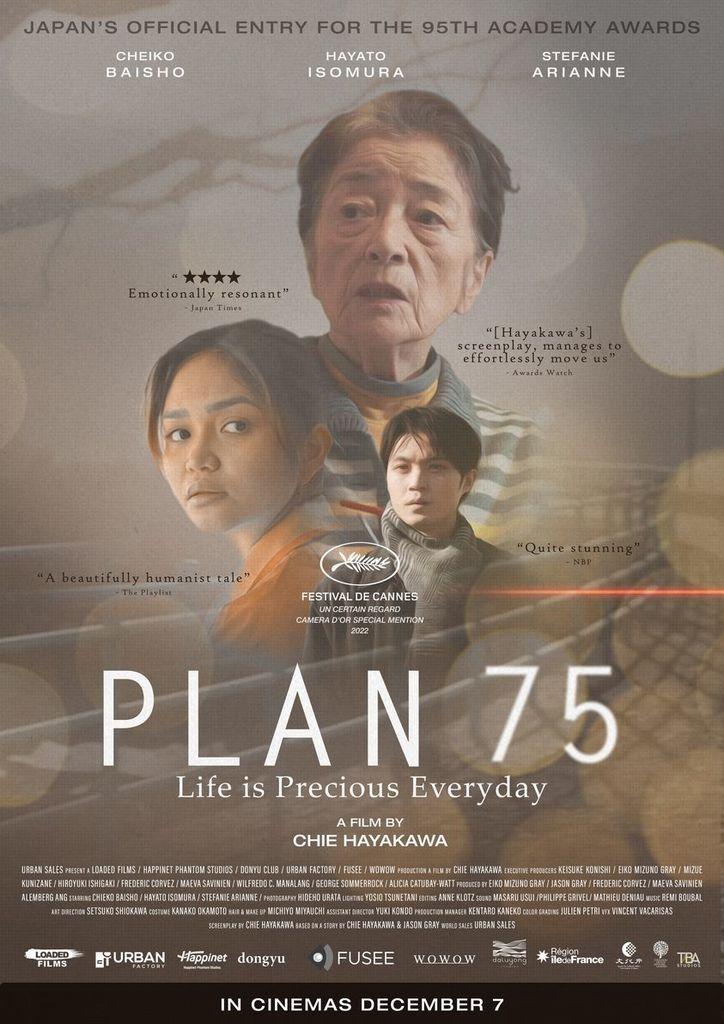WIT Life #369: Sakura-filled spring and Plan 75
Interpreter/Translator/Writer Stacy Smith (Kumamoto-ken CIR, 2000-03) presents WIT Life, a periodic series about aspects of Japanese culture such as art, film, food and language. Stacy starts her day by watching Fujisankei’s newscast in Japanese, and here she offers some interesting tidbits and trends along with her own observations.
Happy spring! It’s hard to believe that May is right around the corner. Earlier this year I spent two weeks in Japan (my first trip in six years, after a few stops and starts during Covid), and timed it extremely well to catch the 桜 (sakura, or cherry blossoms) at their peak in two of the four cities I visited. One was Kyoto, which is always a special place for me to return to as it is where I studied abroad during my first time in Japan. The other was Kumamoto, where I lived for three years during my time as a JET. It was a fantastic homecoming filled with long-overdue reunions, delicious food, 温泉 (onsen, or hot springs) and お花見 (ohanami, or cherry blossom viewing). I don’t know when my next trip will be, but here’s hoping it’s sooner than another six years!
When I returned to the U.S. everything was in full bloom, so I felt lucky to be able to enjoy a double spring. I love this season with its wonderfully warm afternoons, as well as chilly mornings and nights where hot tea hits the spot. I brought back sakura tea and a wide assortment of other cherry blossom goods, so hopefully those will tide me over when I start missing Japan…

Yesterday I had the chance to see the Cannes award-winning film Plan 75, which is showing at IFC Center through Friday. The title refers to a Japanese government program that encourages the elderly to terminate their own lives (and will subsidize this), as a way of relieving this demographic’s social and economic burdens. The film follows the three main characters of a 78-year old woman considering Plan 75, a young civil servant working on behalf of the plan, and a Filipino health care worker who ends up working for the plan. Each goes through their own personal journey over the course of the film’s almost two-hour duration, changing the way they view the plan and their roles in relation to it. The weight of this dystopian film makes it anything but an easy watch, but its heaviness is commensurate to the heft of the premise.

I stuck around for the post-screening Q&A with writer/director Chie Hayakawa, and it was interesting to hear her insights regarding the film. She shared that it had originally been part of an anthology, and that she had changed the ending of the feature to make it more optimistic. She had done research on 15 female senior citizens to hear their life stories, and relayed that the majority of them had said they would take advantage of Plan 75 if something like that really existed. Her focus was not to judge someone for making that decision, but to shine a light on the struggles of that demographic as one example of weaker members of society who are routinely ignored or seen as extraneous. In fact, the opening scene is based on a real incident from 2016 where 19 residents of a care home for disabled people were killed by a 26-year-old perpetrator who believed “all the handicapped should disappear.” When asked about her next project, Hayakawa expressed a desire to move away from addressing societal inequities and toward something more personal. With this striking debut audiences are no doubt eagerly awaiting her next work, but in the meantime check out Plan 75 this week!


Comments are closed.